Week 38: Snow!
–
–
I guess it makes sense that a lazy week is followed by a busy one so here we go… The opera we saw at the Odessa Opera and Ballet theatre was Puccini’s La Boheme, a nice induction to the world of opera. The inside of the building was spectacularly stunningly amazingly beautiful and we went back the next night to watch a ballet (and take photos of the building). It was full of red velvet, gold paint, cherubs and renaissance paintings surrounding a massive chandelier in the main theatre room. We felt like real royalty sitting up in our own box (for the bargain price of $10 each).
On our last full day in Odessa we headed to the catacombs. In the 19th century a maze of tunnels were dug to supply limestone for a building boom in the city. There was no centralised plan and no map exists of the whole system, but it’s estimated that there are about 2,000-3,000km of tunnels ranging from 10m to 60m in depth. Apart from their initial use they have served other purposes through history. From 1819 to 1858 Odessa was a duty free port, a policy which made Odessa the third biggest city in Russia at the time. During this era smugglers would use the catacombs to smuggle goods bought at duty free prices out of the city. Later, during the Second World War resistance fighters hid in the catacombs after Odessa was occupied by the Romanian and Germany army following an impressive 73 day siege. After the war most of the entrances were sealed up to help stop crime.
From Odessa we headed to Tiraspol, capital of Transnistria. Though it declared independence from Moldova in 1990 it’s thus far unrecognised internationally except by Abkhazia and South Ossetia (which in turn are only recognised by each other and Transnistria). The reason for the split is a historical division in the country; Transnistria was part of the Russian Empire for much longer than the rest of Moldova and has much less Romanian influence. As the USSR started to crumble, nationalist Romanian oriented sentiment in Moldova soared and in 1989 Moldovan (a dialect of Romanian) was declared the only national language. For the mostly Russian speaking Transnistrians this and the prospect of Moldova reuniting with Romania caused skirmishes that led to an all out war in 1992. Since then a ceasefire and a large Russian presence has restricted the conflict to economic blockades and rhetoric. Transnistria has its own government, military, police, currency, postal system, constitution, flag, national anthem, passports and coat of arms. However, the currency can’t be exchanged anywhere outside Transnistria, the stamps are for domestic use only and citizens who travel abroad use a Moldovan passport.
All our research indicated that the border crossing could be a long process and involve plenty of bribery. There were various horror stories including an Italian reporter who was “fined” 600 Euros for being drunk when he hadn’t had a single drink. We got to the border and made sure we were some of the first in the immigration queue, but were singled out to come back after we’d had our bags scanned. It seemed we were in for a shakedown, the guard ordered us to put our bags on the bus so that we’d get stressed about it leaving without us. He asked us how much money we were carrying, a common tactic to evaluate how much of a payday they were looking at. We, prepared for this, had stashed most of our cash and told him $20 and 20 Euros. Obviously he wanted to wring this from us and scrutinised our entry forms looking for a problem. In accommodation we’d simply written “Lena’s apartment”, no address. This was a problem, he said, looking concerned. I had the address. He changed tack: what was Lena’s surname? We didn’t know. This was a problem, he said, looking concerned. We had a phone number. He did a few other menial tasks trying to make us stressed but we stood around nonchalantly. I fiddled with the zipper on my jacket and eventually he signed our forms and stamped us in, no bribe paid.
Everyone we met in Transnistria, after the border crossing, was fantastic. Arriving in Tiraspol we asked a few people for directions to our home stay and an older lady who spoke no English walked us all the way because she realised we couldn’t understand her directions. It was a good 15-20 minutes’ walk away and when we got there she simply smiled, waved and walked off. Lena welcomed us into her home and was as friendly and helpful as a person can be. She took care of our police registration and made sure we knew what we had to do when we left Tiraspol.
I have to admit there weren’t a whole lot of tourist attractions in Tiraspol apart from the converted water tanker in the market that was used to transport live fish. We spent a day wandering around but it was mostly to soak up the strange Soviet lack of anything much of all. Andy’s pizza, a fast food chain, was the most modern thing we found in the capital. On the day we were planning to leave we headed out to Noul Neamt Monastery, the biggest in Transnistria and a beautiful complex. Founded in 1861 its grounds originally covered 10 hectares, but Soviet authorities trimmed it down to 2 hectares then closed it altogether in 1962 to use the buildings as a hospital. Reopened in 1989 it now has around 50 monks living there. Two of them approached us in the winter Assumption Church and showed us around. One of them spoke a little English and was our guide for a few hours as he showed us around the church, the crypt and then took us on a little excursion to a hill overlooking the village of Kitskani. On the upper levels of the church was a depiction of hell which showed Hitler, Stalin, Lenin and Marx in a mural of the black angel. In the crypt the skull of a previous head monk of the monastery who died in 1880 was on display through a hole in his shroud.
The excursion to the monastery took longer than expected and we spent another night in Tiraspol before heading to Dubasari, to the north. Near Dubasari is a small village called Glinnoye which during the 17th and 18th century was a German colony called Gluckstal. Sometime between his birth in 1762 in Nebringen(Germany) and 1814 Brett’s great-great-great grandfather, Michael Voegele, moved to what was then Russia, as part of Catherine the Great’s incentives aimed at populating the new Russian areas. Generations of his family lived there until 1905 when Brett’s grandfather and great grandfather left to live in the United States. We visited the village on a freezing, windy, snowy day and saw a small museum in the basement of the school that is dedicated to the colony. These days there are no people left that speak German except for the delightful German teacher, Svetlana, who served as our guide and my translator (with me as Brett’s translator) but plenty of people come back to see where their ancestors came from. It made me more curious about my own family history.
From Dubasari we headed to Chisinau, capital of Moldova, where we are now. It started snowing on December 15 and has hardly stopped since. Apparently this is unusual even in winter and the transport is a little chaotic. In the central bus station vehicles were stuck in the middle of the road, tyres spinning in the snow, and as it compacts we’re starting to see more ice. There’s probably 20-30cm of snow lying around on the ground and forecasts are for more. Temperatures are around -10 degrees Celsius and the days are short. It’s not really sightseeing weather but we’re hoping that it means we’ll have a white Christmas down in Transylvania. Enough for now, I’ll write more about Chisinau in my next update as we’re staying here a few more days.
Tags: Chisinau, Dubasari, Glinnoye, Gluckstal, Moldova, Odessa, Tiraspol, Transdniester, Transnistria, Ukraine
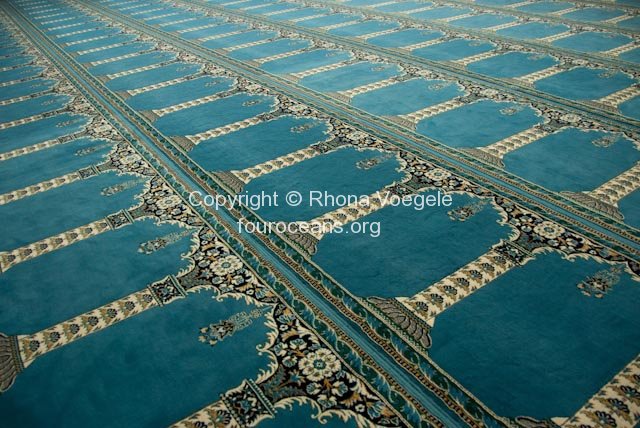
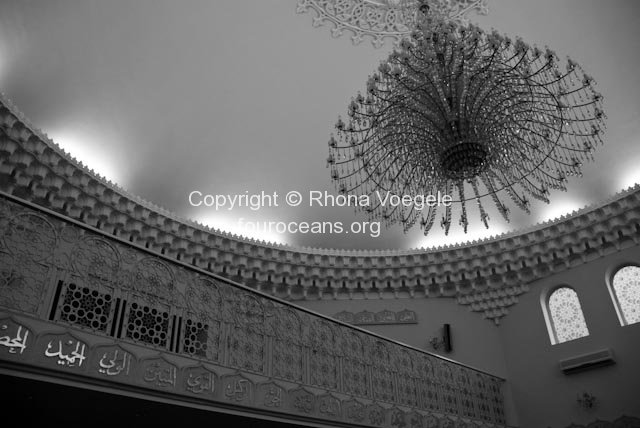
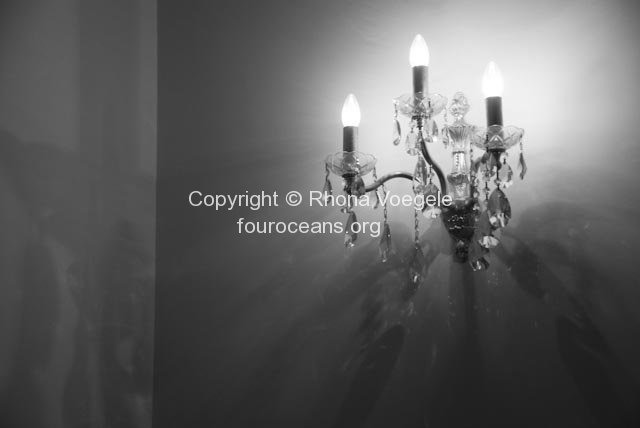
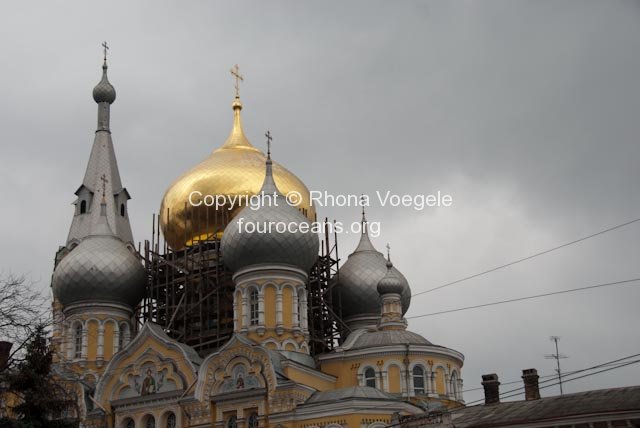
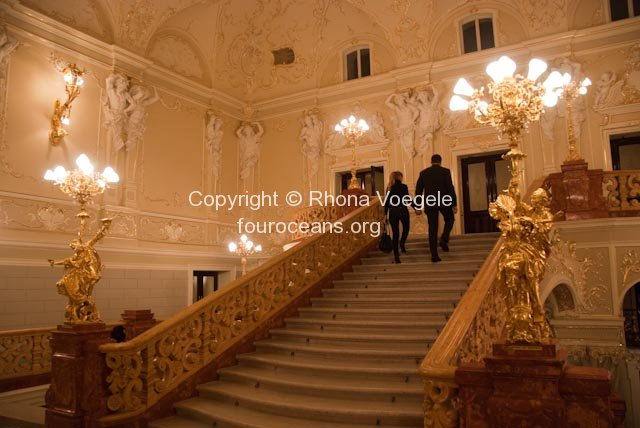
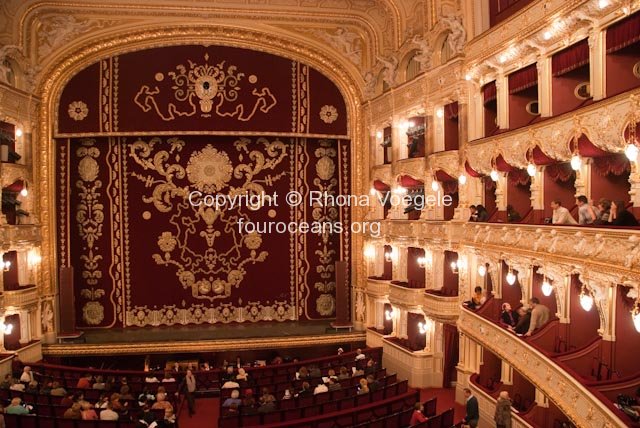
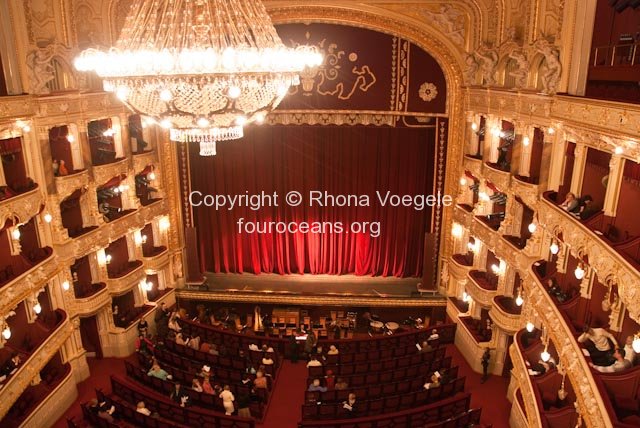
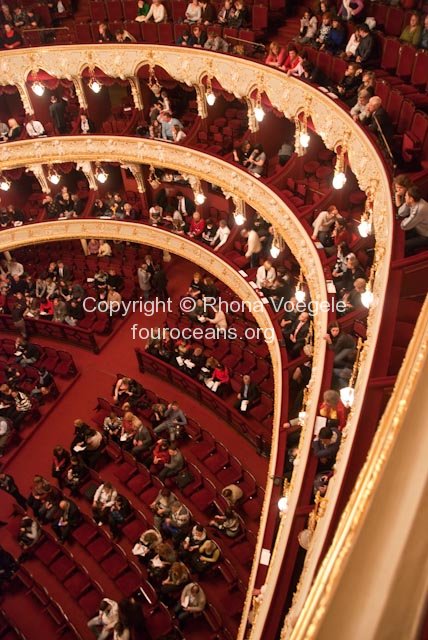
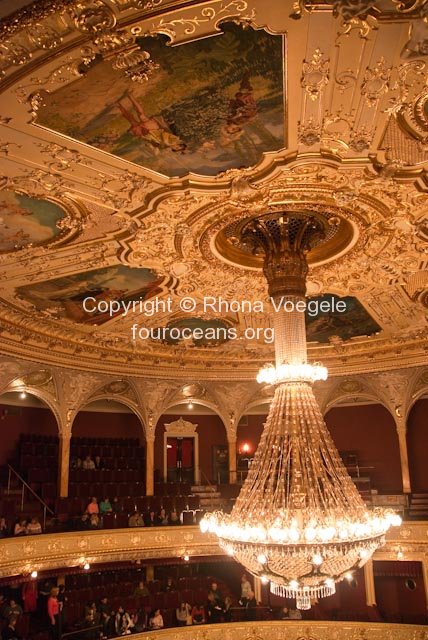
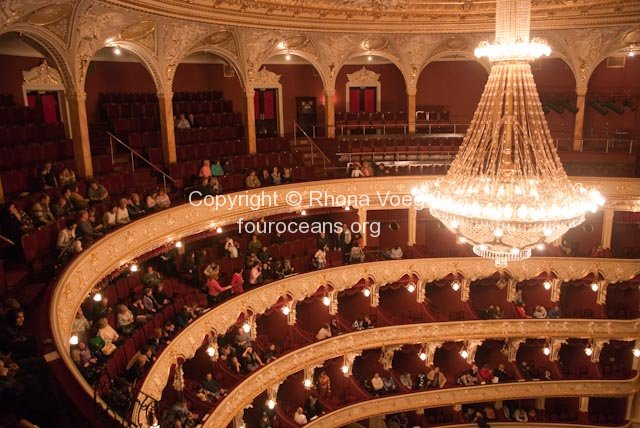
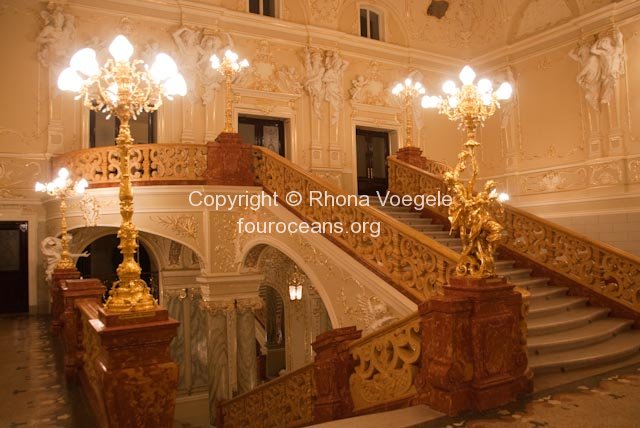
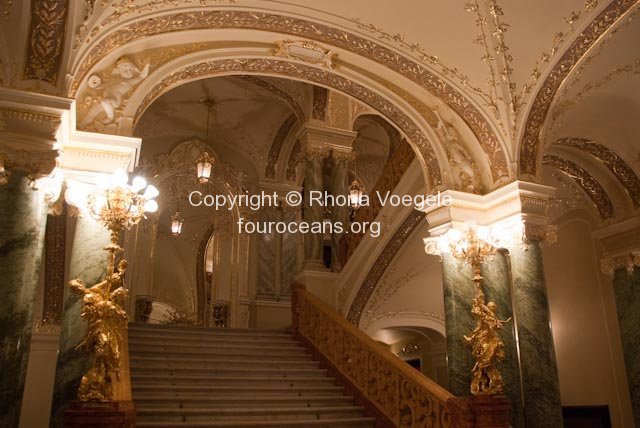
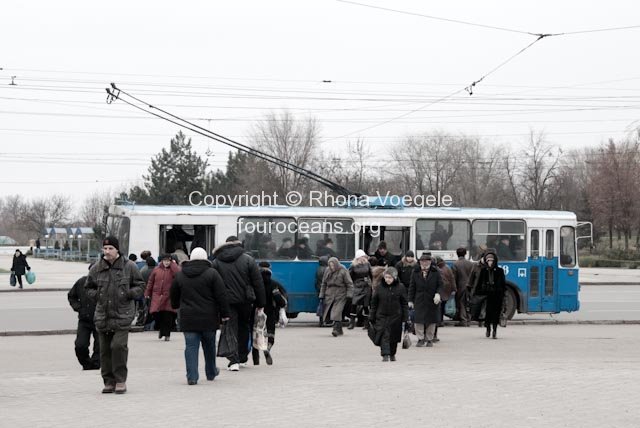
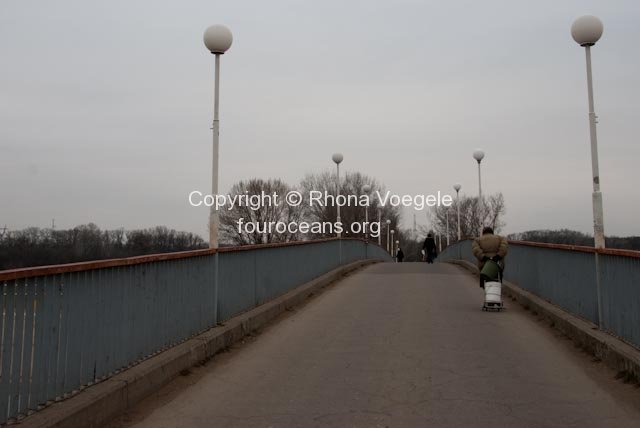
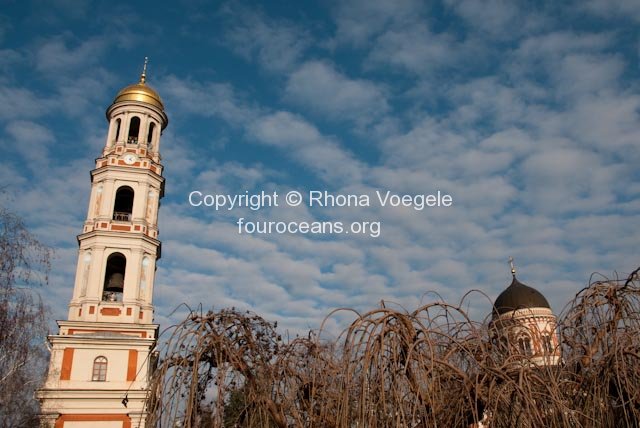
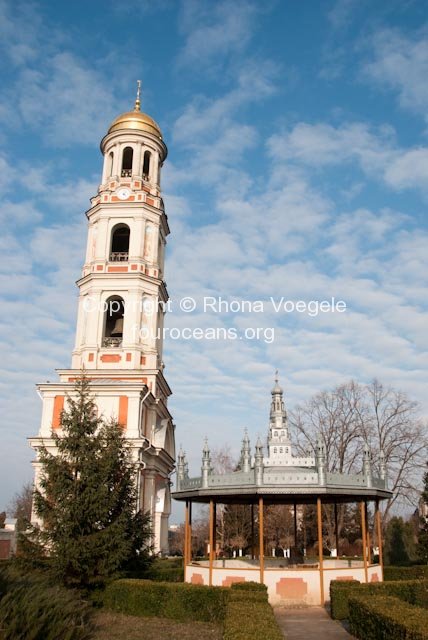
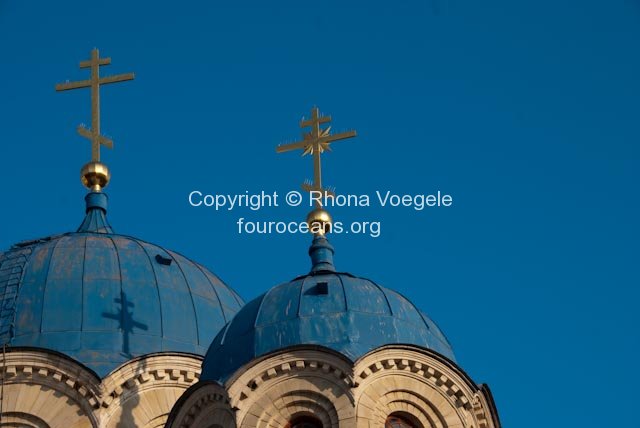
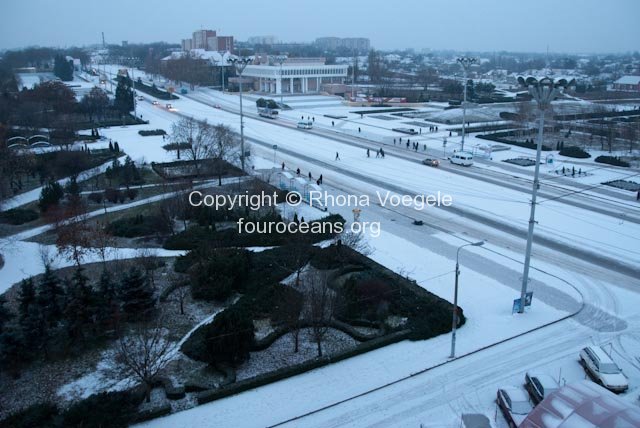
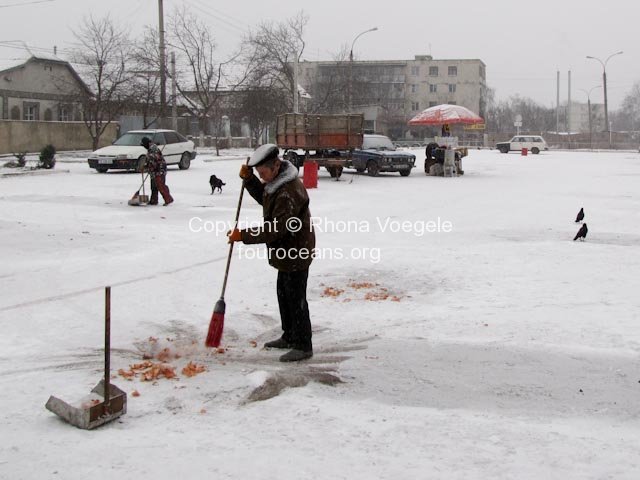
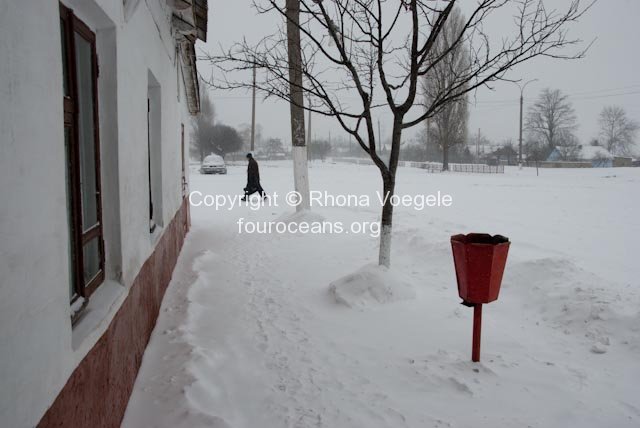
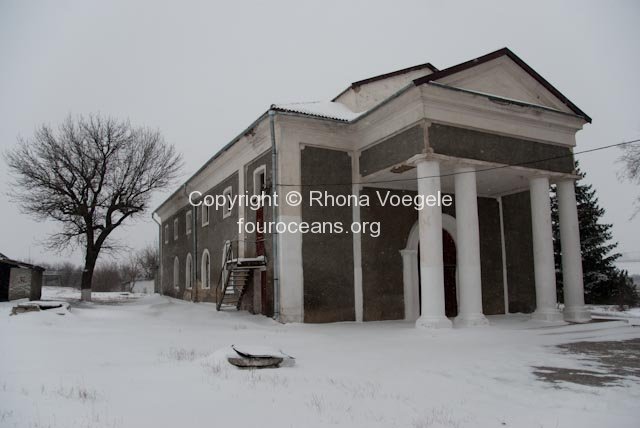
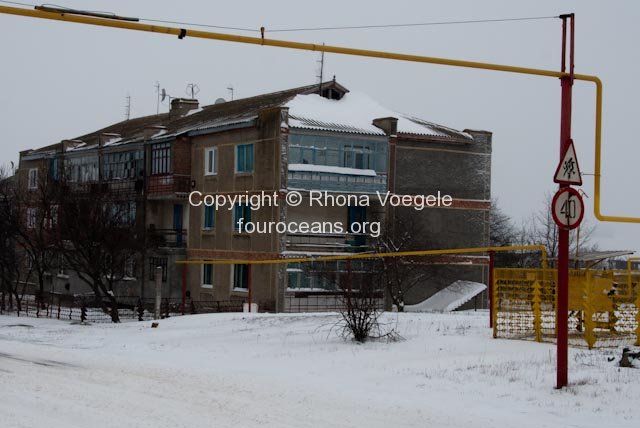
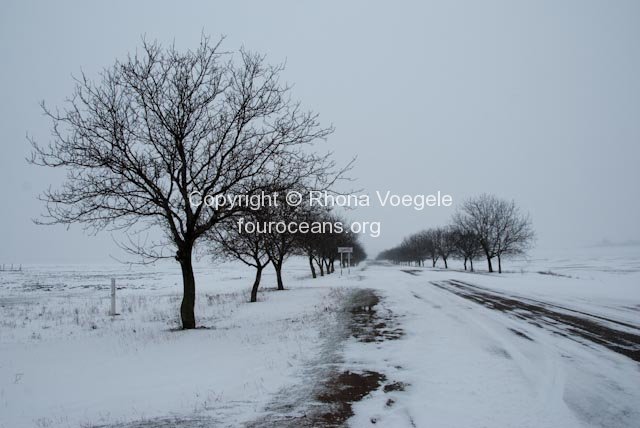

2 comments so far
Leave a reply